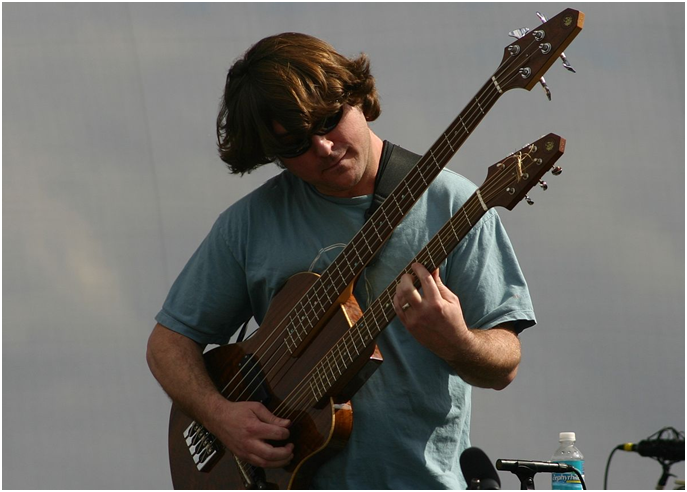How To Become A One Man Band
At this stage in the evolution of music gear, it is not such an incredible feat to put together the equipment that can make you into a one-man band. While this terms would conjure, for most, the image of a person holding a guitar with a drum on their back – like the character Bert in Mary Poppins – moving spastically to get it all going in harmony, these days, there are much easier methods of achieving multi-instrumental bliss.

Serious musicians who are familiar with recording suites such as Ableton or Logic are surely capable of stacking tracks on top of tracks to build a fully produced song, but there is something a bit clinical about this process that does not lend itself well to live energy. If you’re just trying to put something fun and spontaneous together in your basement, there are better ways to go about it if you have a decent budget.
While for some, creating loops and making up songs or grooves in their practice space is purely a matter of exploration and fun, there are those who have made entire careers of this practice. Possibly the most notable is the Virginia born musician Keller Williams. He is often referred to as a one-man jam-band; Williams is able to create such a rich wall of sound due to his mastery of Boss’ RC-300 Loop Station. While Williams is self-taught, he has mastered many different instruments which he integrates into a big, exciting, danceable sound that blends elements of jazz, bluegrass, funk, rock and folk. Another inspiring musician who uses the same technique is an Australian named Xavier Rudd, who blends didgeridoo into mixes for a unique sound.

Aside from a looping pedal, which you can find a wide variety of at Long &McQuade music stores in Canada, you will also probably want a drum machine. Again, if you are working in a recording suite like logic, there will be beat making programs where you can fill in your patterns on a square grid – a more intuitive process than you might think. However, digital products such as Roland’s TR-8 – which combines the legendary sound of its vintage 808 and 909 – allow for a more interactive, tactile experience that is easier to control in the heat of a jam session. Because you can connect your drum machine to external instruments via MIDI, it is wise, to buy a looping pedal with a MIDI input; These looping pedals are a little more pricey (above $200), but you can do a lot more with them and lock your musical loop to the beat coming from the drum machine.
While there’s definitely no wrong way to go about it, a very intuitive way to build your jam is to start with a beat, add and loop a bass line, and then switch to a more melodic instrument (piano or guitar) that you can play chords and leads on. If you’ve got a friend jamming along you can trade off leads and chords. If you have a keyboard going through the looping pedal, it can create a very rich foundation if you loop a bass part with your left hand and simple chords with your right. By following this method, you’ll be able to create a huge sound all on your own, good luck!




